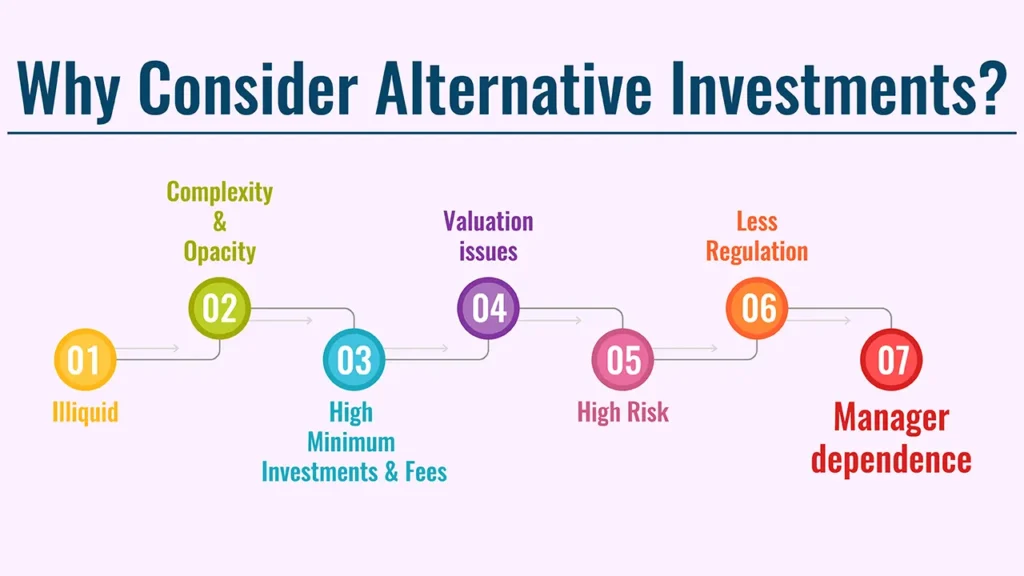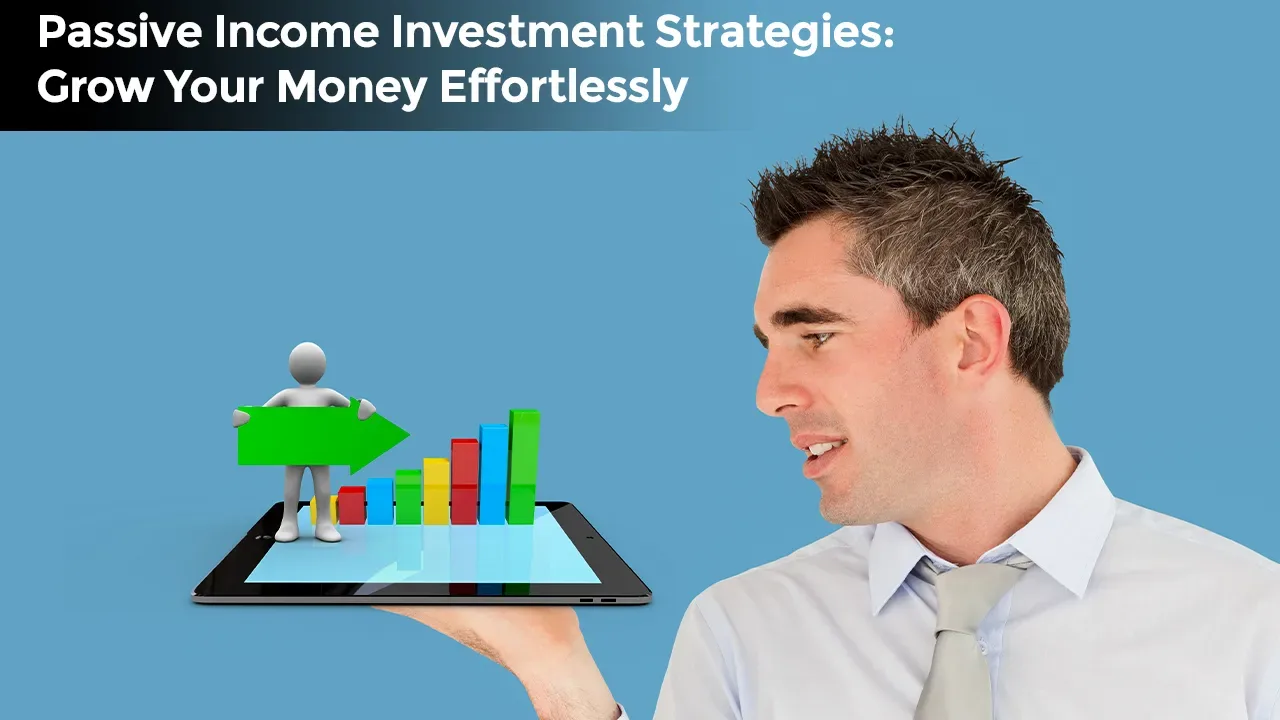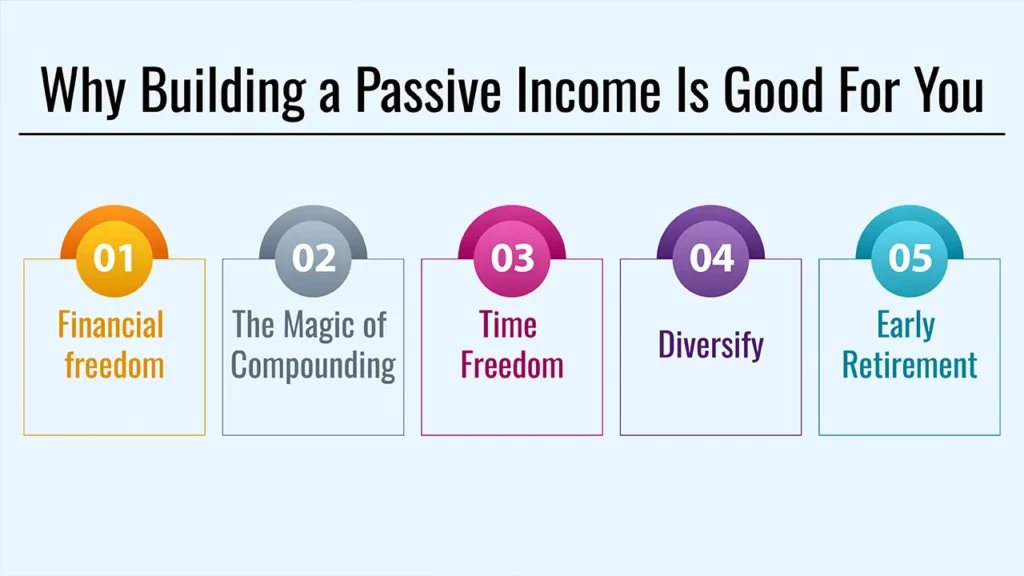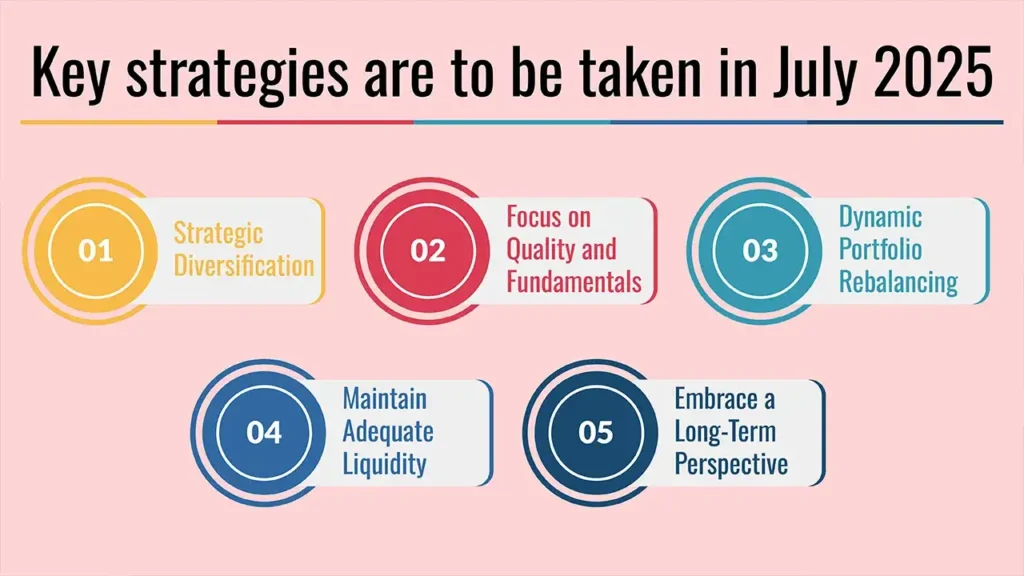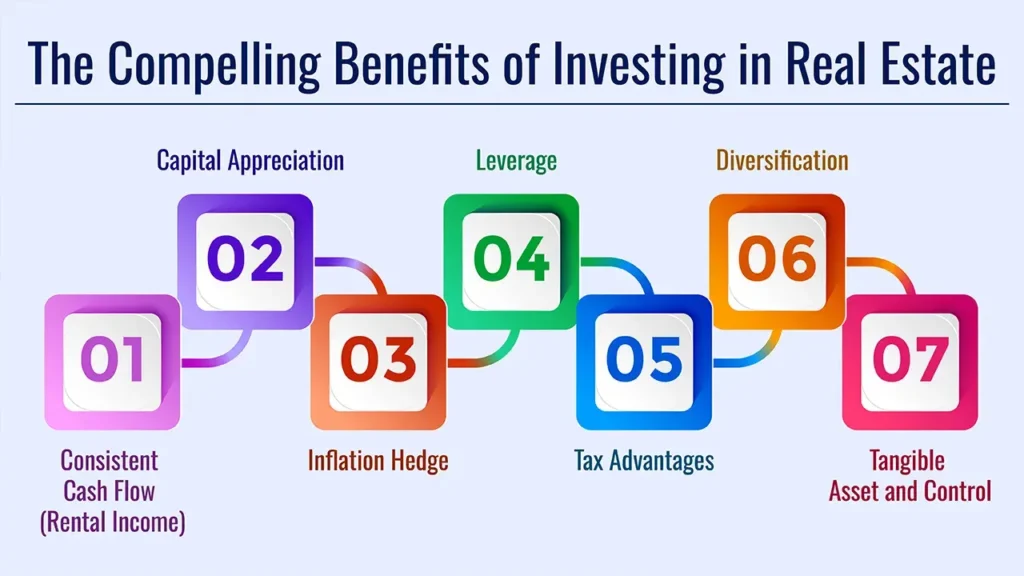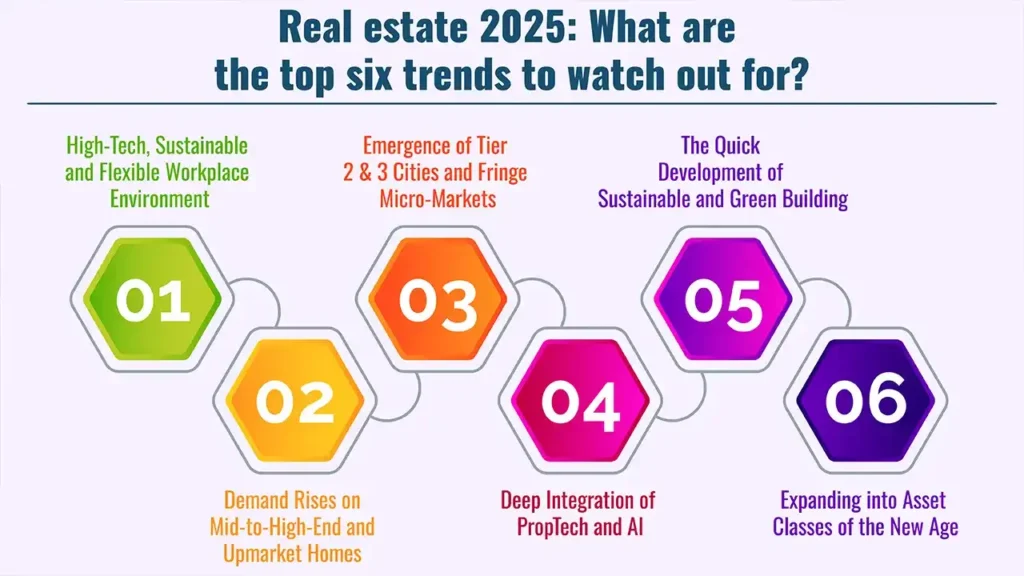As it prepares for a US tariff deadline looming for India on July 9, it is at a crossroads as crucial trade talks with the United States take a crucial turn. The result of these discussions will have significant importance for the stability of the rupee and the overall external finances of the country and are therefore an important focus for risk mitigation in India in the days ahead.
Crucial US Tariff Deadline Approaching
As of July 4, 2025, India and the US are in the throes of an extremely intense dialogue to seal a trade deal before US President Donald Trump’s July 9 tariff deadline.
The inability to reach a sensible deal, or visible progress to that effect, could prove to be a huge strain on the INR and the external balance of the country. This is also one of the single greatest geopolitical risks being watched by the markets.
Most expect a positive result, given the mutual economic and geopolitical interests at stake, but it’s hard to have confidence in that. And that’s a major market risk.
One of the contentious points of negotiations is India’s access to the market for genetically modified (GM) crops. A new option being considered is a “self-certification” mechanism for US exporters who will have to meet India’s GM-free mandate but with a sense of comfort on food safety.
The writings also pertain to India’s food safety protocols under the ‘certification’ and ‘registration’ of certain ‘high-risk’ imports such as dairy, meat, poultry, fish and infant foods.
Improving National Security by Buying Locally
Also, as a boost to the national financial security and to ensure greater self-reliance in the country, the Defence Acquisition Council (DAC), chaired by Raksha Mantri Rajnath Singh, here today accorded approval for capital acquisition proposals valued at over 1.05 lakh crore on 03 Jul 2025.
All these acquisitions are under the ‘Buy (Indian-IDDM)’ category, which prioritises indigenisation of design, development and manufacturing. This policy move is in line with the government’s thrust on defence sector self-reliance.
These cleared purchases would contain vital things like Armoured Recovery Vehicles, Electronic Warfare Systems, and Integrated Common Inventory Management Systems for the tri-services besides surface-to-air missiles.
For the Navy, the acquisitions include moored mines, mine countermeasure vessels, super rapid gun mounts and submersible autonomous vehicles.
These indigenised defence procurement plans, once executed, will improve the mobility, air defence and logistical capabilities of the Armed Forces on the one hand and, on the other, give a significant fillip to the country’s indigenous defence manufacturing environment. You can find the official press release from the Press Information Bureau (PIB) regarding these approvals.
Rupee Performance and External Resilience
The Indian rupee Strong rupee The Indian rupee opened flat against the US dollar on June 30, 2025, at ₹85.48, having registered its best weekly gain since January 2023.
This stability was largely supported by tumbling global crude prices and détente in West Asian geopolitics. India stands to gain, with lower oil prices helping to cut its import bill and support the current account, key to external finances in India.
Active management of currency volatility by the RBI, including buying dollars at key levels, also helps maintain order in the markets and ensures that there are enough reserves for the pots of the financial protection that India has erected for itself against external shocks.
A combination of international trade chop and change, strong domestic defence and central bank initiatives exemplifies the multi-dimensional nature of India’s risk management in times of global and home-brewed challenges.







